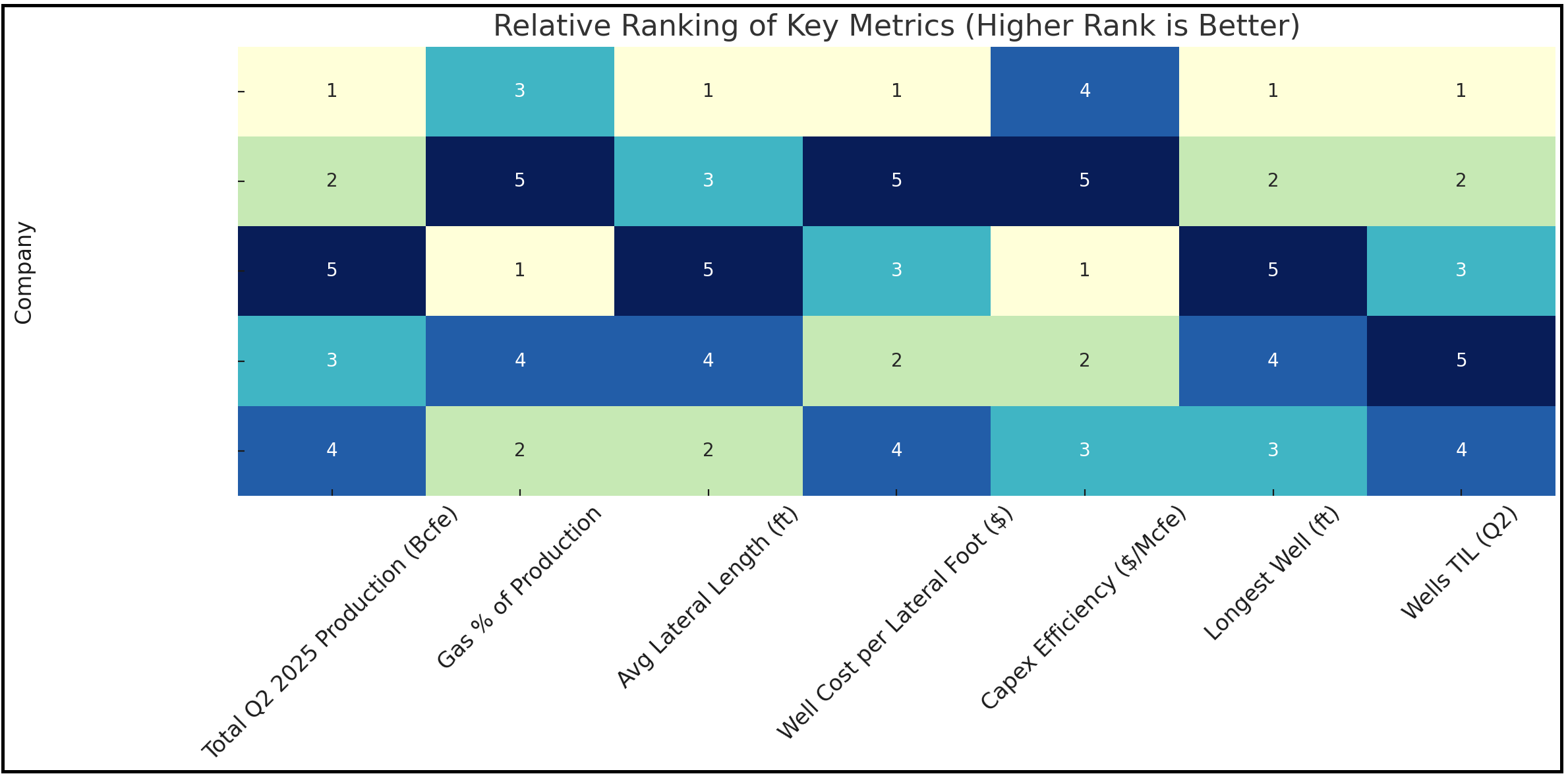From Hedge Funds to Supermajors: Everyone Wants Hub-Linked Gas
TotalEnergies has signed a deal to acquire a 49% non-operated interest in Continental Resources’ Anadarko Basin natural-gas assets in Oklahoma—low-cost, long-plateau rock tied into existing midstream and well connected to Henry Hub. The JV targets ~350 MMscf/d gross by 2030, translating to ~150 MMscf/d net to TotalEnergies at plateau, with a design to sustain volumes over the long term. The price wasn’t disclosed.
Why this deal, why now
For TotalEnergies, this is classic “equity gas for an integrated LNG book.” The company already ranks among the top three global LNG players (≈40 Mt/yr portfolio in 2024) with >20 Mt/yr of regas access in Europe, plus growing U.S. LNG exposure; anchoring long-tenor, Hub-linked feedgas de-risks margin and contracting as more Gulf Coast liquefaction comes online.
The Anadarko stake extends a 2024 U.S. dry-gas push: TotalEnergies bought non-operated Dorado and a 45% interest in Lewis Energy’s Eagle Ford dry-gas assets, together described as low-cost, long-plateau volumes tailored for LNG integration. (Those Eagle Ford assets were guided to ~400 MMcf/d gross by 2028.) The company also cites a technical Barnett production of ~500 Mcf/d—small, but emblematic of a broader U.S. gas footprint.
Strategic fit (operator + molecules + marketing)
-
Operator quality: Continental brings Anadarko scale and execution depth; the non-op structure gives TotalEnergies molecules without operator bandwidth burden.
-
Plateau profile: A factory-style, long-plateau ramp to ~350 MMscf/d gross creates predictable feedgas with manageable basis risk given the Henry Hub connectivity
-
Portfolio effect: More U.S. dry gas steadily tilts TotalEnergies’ mix toward its aim of ~50% gas by 2030, matching the LNG growth path
Market context: smart money is buying U.S. dry gas, too
A useful corroboration: Citadel—one of the most sophisticated gas traders—moved upstream this spring, agreeing to buy Haynesville assets from Paloma Natural Gas in a deal around $1 billion–$1.2 billion, according to multiple reports. Haynesville’s Gulf Coast proximity and pipeline connectivity make it a favored basin for LNG-adjacent molecules. It’s a different buyer profile, but the signal rhymes with TotalEnergies’ strategy: secure long-tenor, hub-linked gas ahead of the late-decade LNG wave.
Bottom line for E&P leaders
This is the template for integrated gas growth: non-op, low-cost, hub-linked, plateau gas feeding a global LNG portfolio. TotalEnergies gets durable molecules without operating complexity; Continental scales a gas factory with a committed partner; the LNG desk gets optionality and margin resilience. The fact that hedge-fund capital (Citadel) is taking long exposure to Haynesville only underscores the thesis: equity gas near the Gulf/LNG corridor is prized, and the competition for advantaged barrels-of-gas is broadening.









